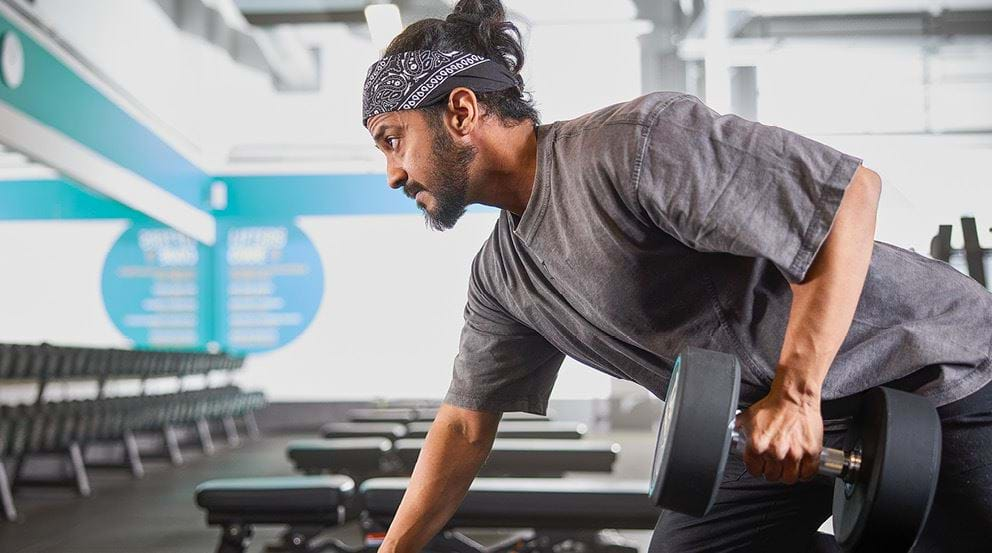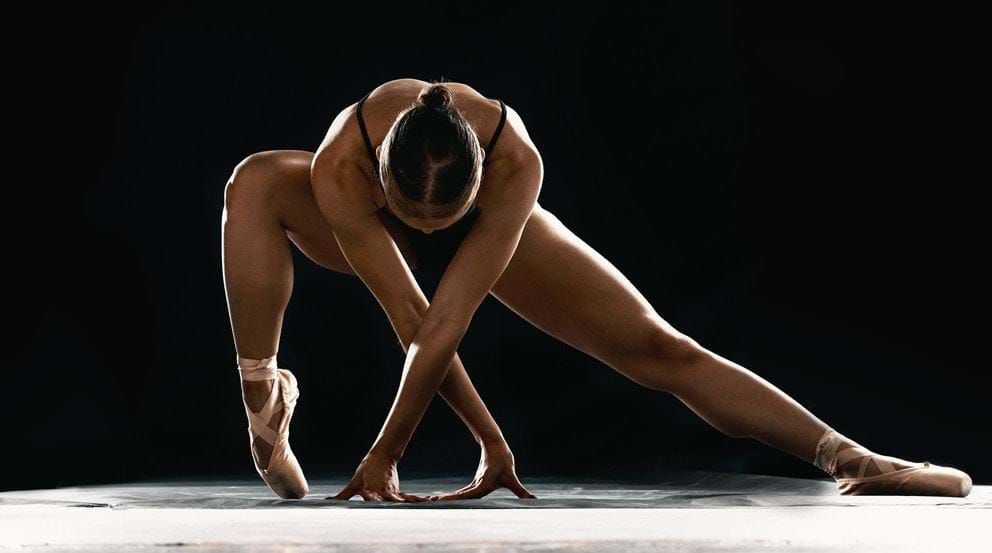What’s The Difference Between Yoga And Pilates?
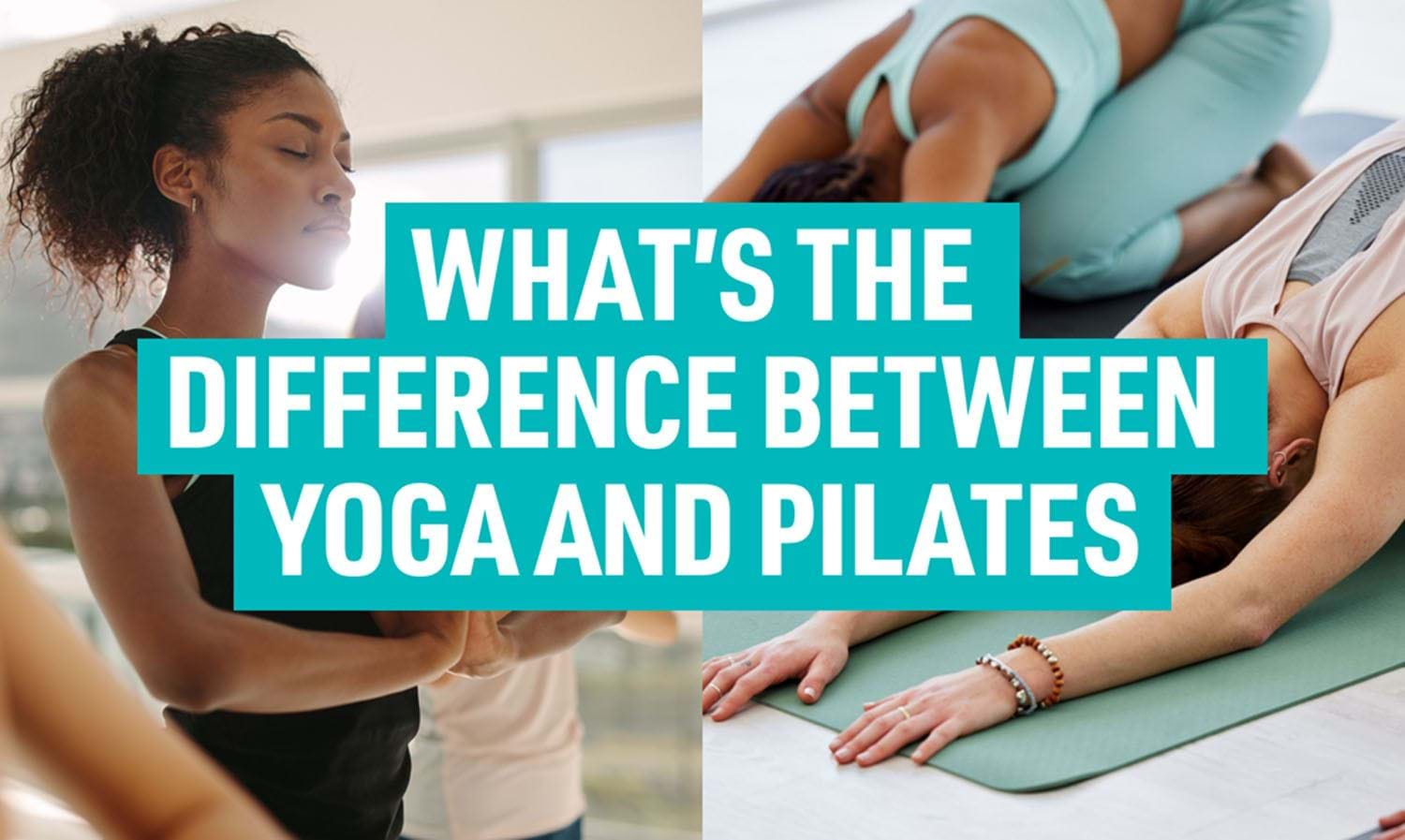
What is yoga | The benefits of yoga | What is Pilates | The benefits of Pilates | Which is better: yoga or Pilates
To anyone who’s never tried yoga or Pilates, it can be hard to tell the difference between the two practices. Both will pop up when looking for styles of exercises that can improve strength, flexibility, and mindfulness, and both are accompanied by pictures of people contorting their bodies in ways that show how strong and flexible they are.
Whether you’re just curious about the two or want to try a class and are not sure whether you should try yoga or Pilates, Pilates instructor Gemma O’Hare is shedding light and dispelling myths on the two styles of exercise.
On the surface, there are many similarities between yoga and Pilates:
Both are mind and body practices
They both emphasise the importance of breathing properly during exercise
They can both be done with minimal equipment
Both can improve strength and flexibility
They share some exercises (under different names)
However, there are some fundamental differences between the two. Physically, the main difference between yoga and Pilates is that yoga focuses more on holding static poses whereas Pilates uses movement to challenge your stability.
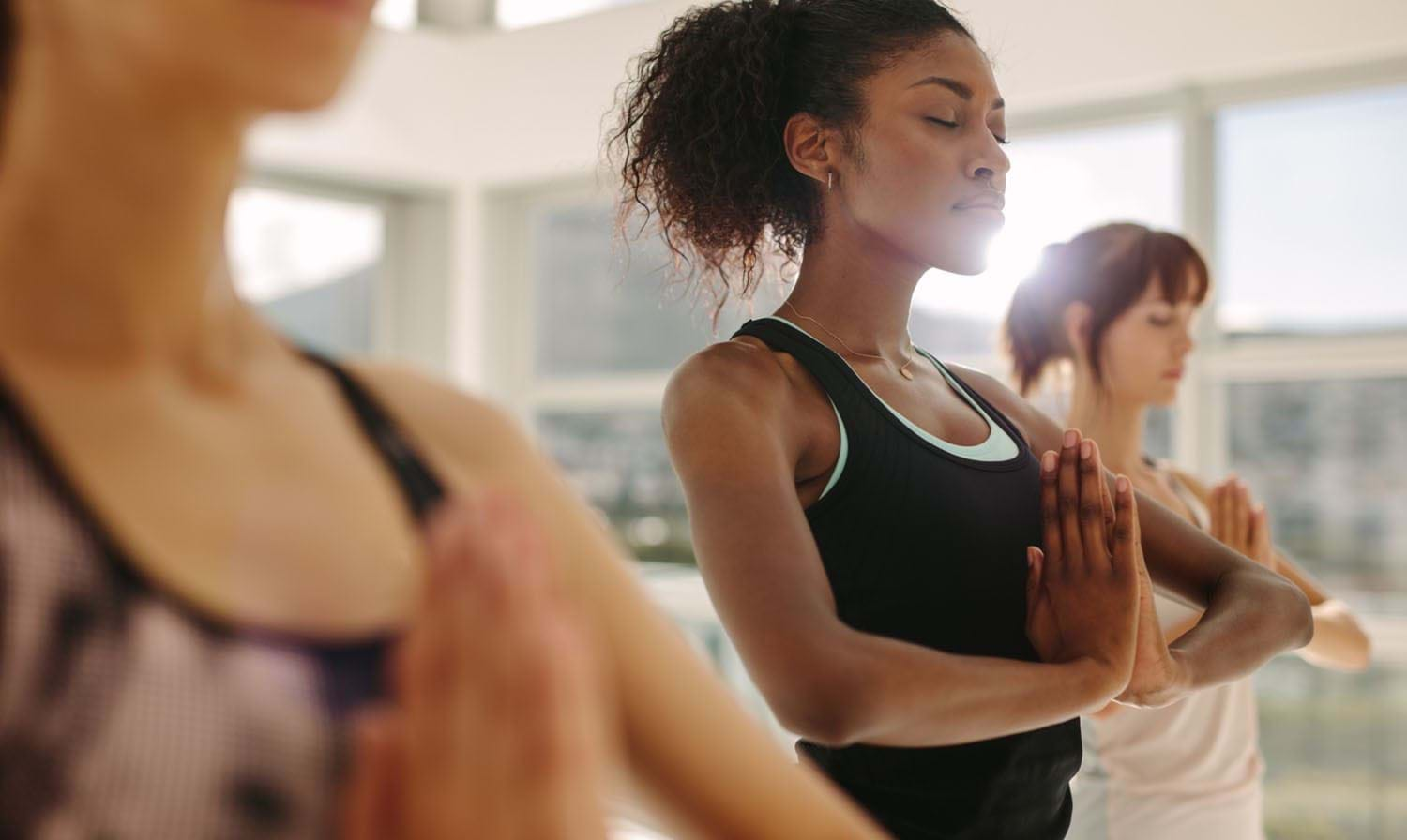
What is yoga?
You might be familiar with various yoga poses (or asanas), but that is only a small part of yoga. Originating in India over 5,000 years ago, it is an ancient spiritual practice that uses the body to connect with the mind and spirit, and to build strength and awareness physically and mentally.
A key principle underpinning yoga is working with the chakras, the seven energy points within your body. The mind is projected through these chakras, which determines how someone experiences reality, and if a chakra is blocked, a person can experience mental or physical issues. Practicing yoga helps to stimulate and balance these chakras, and different asanas can help with different chakras.
Over time, new styles of yoga have evolved, each with their own unique characteristics - for beginners, hatha yoga is a great place to start. The overall purpose of connecting the body, mind, and spirit is consistent across all types of yoga. Check out some of the ways yoga can help to ease aches and pains with our Yoga Poses To Help Lower Back Pain guide.
The benefits of yoga
There are many physical and mental benefits to practicing yoga, including:
Increased flexibility and mobility
Increased strength and endurance
Increased balance and stability
Improved breathing
Improved posture and body awareness
Reduced stress and anxiety
Improved sleep
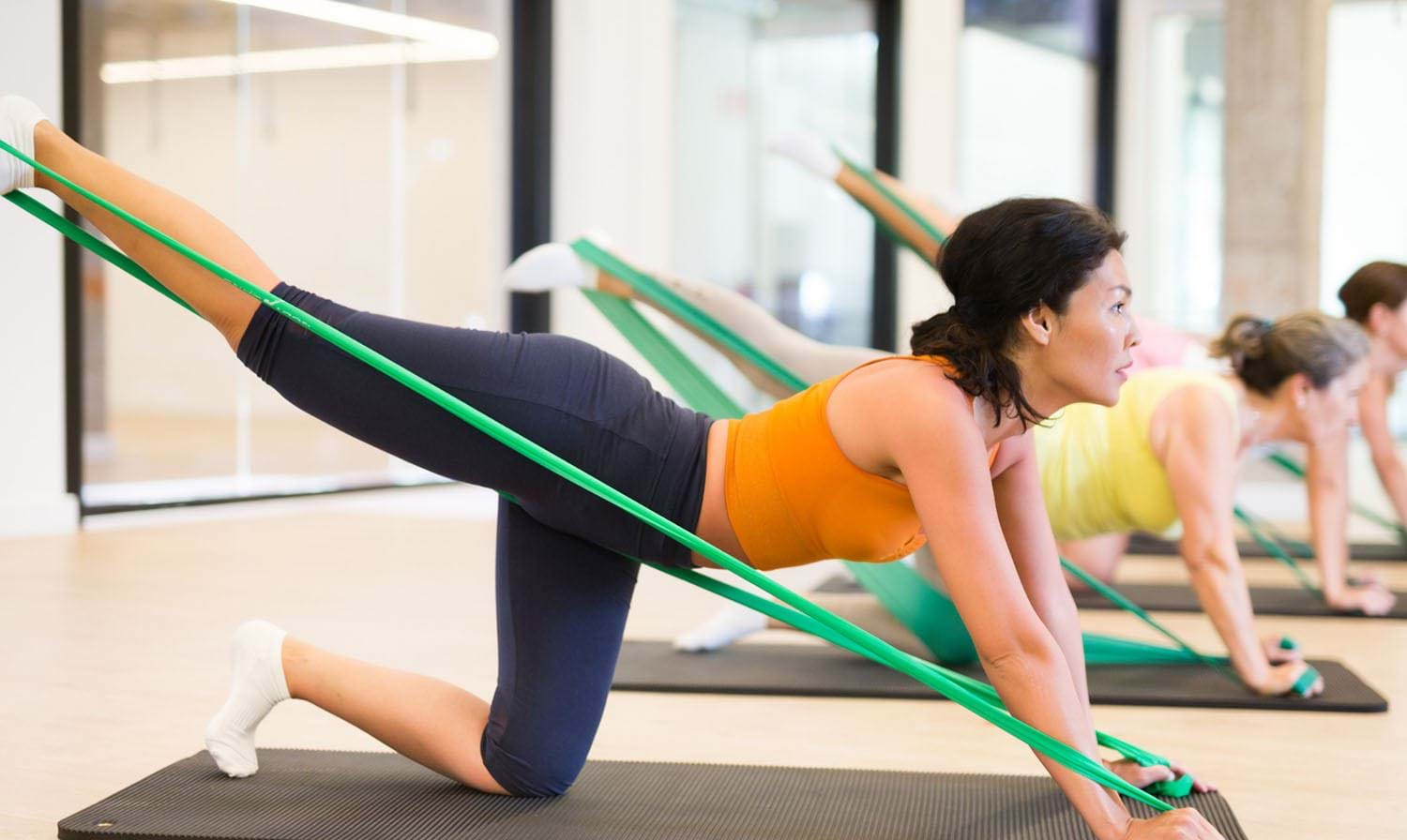
What is Pilates?
Although it seems like Pilates has been around for a long time, compared to yoga is it in its infancy. In the 1900s, physical trainer Joseph Pilates developed Contrology, a form of exercise designed to help rehabilitate injured dancers and athletes by correcting muscular imbalances and improve strength, stability, and flexibility. He also invented different pieces of equipment which can be used to inform and challenge the exercises. After Joseph died, Contrology became known as Pilates.
While physically Pilates is a mix of calisthenics, yoga, and ballet, it encourages the use of your mind to control the body and places a greater emphasis on doing well defined, controlled movements which align the spine. There are six key principles of Pilates: breathing, centring, concentration, control, flow, and precision.
The benefits of Pilates
Practicing Pilates has several benefits, including:
Improved strength and flexibility
Increased spine strength and core stability
Improved posture
Increased lung capacity
Increased bone density
Pilates also offers a safe way to rehabilitate joint and spinal injuries and can help people to reconnect with their bodies and increase spatial awareness.
Which is better: Yoga or Pilates?
Yoga and Pilates are both low impact exercises which can help to increase your strength and flexibility, so which one should you choose?
If you have an injury, Pilates might be a better choice, whereas if your goal is to be super flexible, you may find more progress with yoga. Some people love the spiritual side of yoga, others prefer Pilates as it can be more of a physical workout. Ultimately, there is something for everyone in both practices, so it's best to try both and see which you prefer! It also doesn't have to be Pilates vs yoga -you might find you want to incorporate both into your training.
One of the best ways to start either yoga or Pilates is to take a class, and to focus less on doing the movement 'right' and more on enjoying it. Classes can be as easy or as challenging as you need them to be -- exercises can be modified, or you can choose to rest if an exercise doesn't work for you.
Interested in finding out more about Pilates? We've also looked at the differences between Pilates and weight training here, and how to combine Pilates with HIIT here.
We run yoga and Pilates classes in many of our 340+ gyms. Find your closest gym here and join today.
